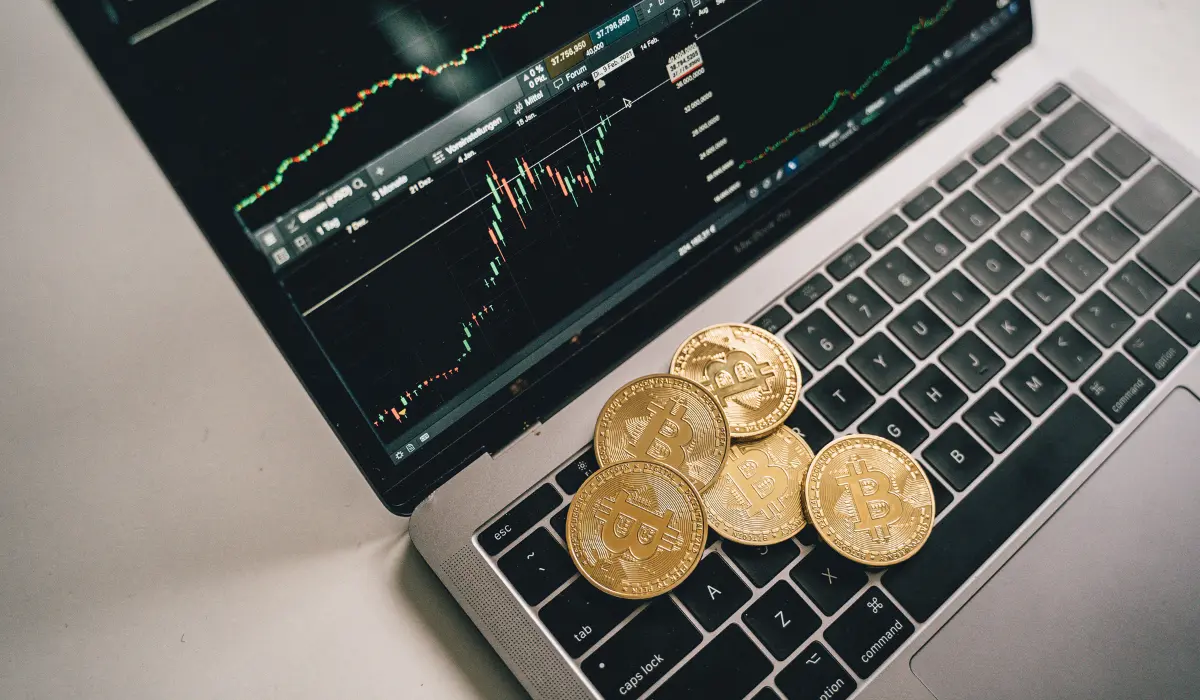As a decentralized realm with billions of investors and funds, the crypto industry has witnessed various subtle and direct scams due to the lack of a central authority to monitor its activities. Exit liquidity is particularly popular among these scams because it is easy and convincing to implement.
This article acts as a comprehensive guide to exit liquidity, delving into its definition, history, examples, and ways to prevent it from happening. Without further ado, let us get started.
What is Exit Liquidity?
Exit liquidity happens when a latecomer investor purchases an overvalued asset, providing an opportunity for the early holders to sell their shares at a profit. Unlike regular market liquidity that benefits all the previous investors, it involves amateur investors unknowingly benefiting a specific early investor or an insider due to their ignorance and a lack of deep research.
In a crypto market, exit liquidity events are usually organized through pump & dump schemes, rug pulls, and new exchange listings. However, it can also happen without any conscious involvement of perpetrators, like when the government bans a particular asset due to any law violations.

How Does Exit Liquidity Work?
Exit liquidity usually works by perpetrators accumulating the token they intend to boost, and exiting in the middle of the FOMO bull run. Let us break it down.
- Accumulation: Organizers first conduct research to choose a perfect asset that has low attention and fewer holders. They will buy small quantities in regular intervals to avoid visibility ignited by a rapid uptrend.
- Hype: Through online marketing, influencers, and other promotional tactics, the asset attracts retail investors, resulting in an uptrend.
- Exit: After the asset reaches a profit point, perpetuators withdraw their shares, rapidly dropping the price. They often do it without any announcement, triggering panic selling and total collapse.
Types of Well-Planned Exit Liquidity Traps
Exit liquidity schemes are difficult to figure out. They usually take the form of fundraising events like ICOs and IDOs, and popular scams like pump & dump schemes and rug pulls are also considered exit scams.
Pump & Dump Schemes
Pump and Dump happens when the perpetrators silently accumulate a significant amount of tokens at a low price and artificially increase the market cap to sell their shares at a profit point. The accumulation may last weeks or even months, and the sell-off will likely occur within seconds. Community-driven pump & dump events occur through organized secret crypto groups where the organizers will announce the name of the token in the group at the last minute.
Rug Pulls
Rug Pull is a scam where the project developers suddenly abandon it by selling all their holdings, emptying the portfolio of investors. They start by creating a seemingly legit project and accumulating maximum tokens in their crypto wallets. Following a promotion to get investors, they look for a perfect point to exit. After the market cap of the token reaches a certain point, they will sell all their shares and abandon the project, emptying the wallets of poor investors.
ICOs and IDOs
Developers create tokens and organize fundraising methods such as initial coin offerings (ICOs) and initial DEX offerings (IDOs) to attract early investors. Following the accumulation of a significant amount of funds, they will abandon the project. Also, the devs might use honeypots, malicious codes that manipulate the contracts and prevent users from selling the tokens. Sometimes, fake IDOs and ICOs happen even without the creation of the real blockchain token.
How to Protect Yourself from Exit Liquidity?
While the above-listed schemes are popular ways to perpetuate exit liquidity, it can happen either consciously or unconsciously within major exchange listings, team/VC unlocks, airdrop hype, and influencer/celebrity shilling. However, there are various ways you can protect yourself from becoming exit liquidity.
- Research on Project: Before engaging with any sort of crypto projects, it is important to do your own research to verify their genuineness. You can go through a project’s whitepaper, docs, blogs, and community discussions to learn more about it.
- Avoid FOMO: Try not to get into the FOMO (fear of missing out) psychological state. Avoid blindly believing in social media hype, sponsored content, influencers, and paid news.
- Connect with Experts: Not only with exit liquidity, but to protect yourself from all sorts of crypto scams, it is important to follow expert opinions. Regularly follow key opinion leaders and connect with them if you have any sorts of issues.
Final Thoughts
As a highly unregulated industry, high priority should be given to safeguarding our own hard-earned funds. You can prevent scams by doing the above-mentioned processes. While the crypto industry is infamous for hacks and frauds, it is also a space of great opportunities and fun. You can navigate the space by creating a balance between awareness and entertainment. Finally, always DYOR before engaging with any projects.
